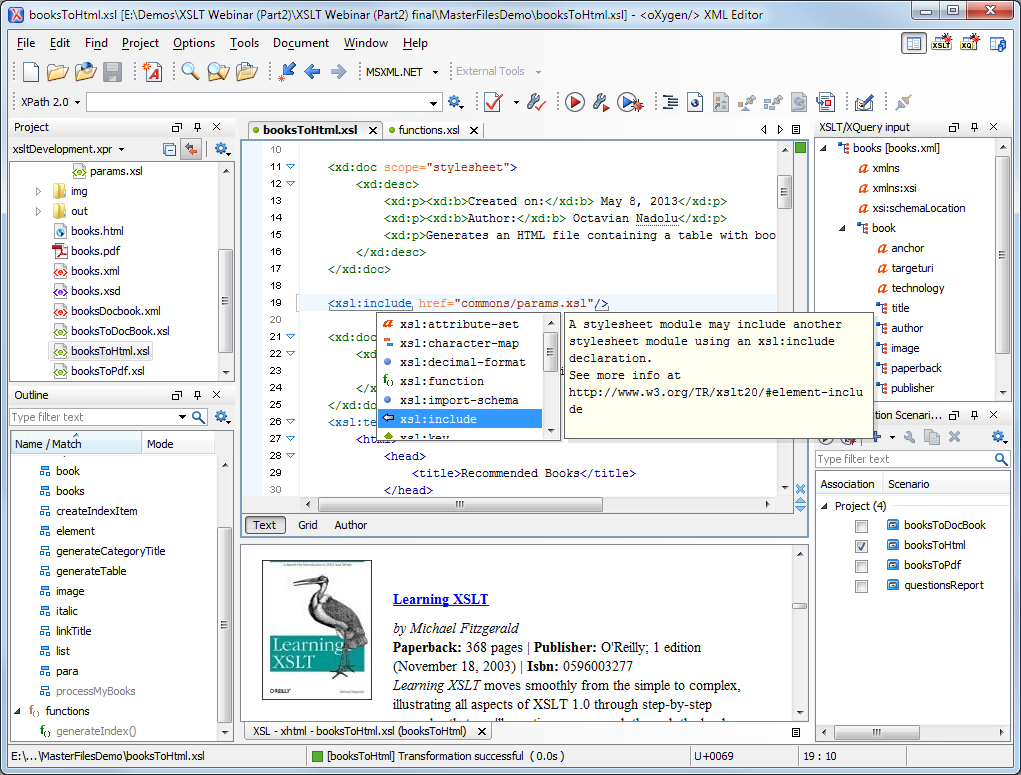

Thus, numerous researchers have devoted themselves to the study of light-triggered sterilization strategies, such as activated oxygen species (ROS)-associated photodynamic therapy (PDT) and thermo-induced photothermal therapy (PTT), both of which strongly rely on the synthesis of light-activated nanomaterials. Compared to traditional antibiotic sterilization, light-controlled sterilization not only cures the infection and eliminates inflammation effectively in a short period of time, but it also has the advantage of less toxicity and fewer side effects. Accordingly, it is imperative that new, reliable and effective antimicrobial approaches are available globally to combat the escalation of bacterial resistance.

The emergence and widespread spread of superbugs has become a challenging health issue worldwide owing to the dramatic evolution of drug-resistant genes in bacteria. As the COVID-19 pandemic drives up the usage of antibiotics, it will eventually contribute to higher rates of bacterial resistance and affect the disease burden and mortality rates. The COVID-19 pandemic pushed public health to a threshold of collapse in 2020. However, the toxic effects of materials need to be studied to evaluate them for further medical applications. Notably, this high-efficiency PTT/PDT synergistic antimicrobial material by bonding Ru complexes to MXene is the first such reported model. Consequently, the innovative can be a prospective non-drug antimicrobial therapy that avoids antibiotic resistance in practice. This is ascribed to its synergistic photothermal therapy (PTT) and photodynamic therapy (PDT) capabilities. Once exposed to a xenon lamp, promptly achieved almost 100% bactericidal activity against Escherichia coli (200 μg/mL) and Staphylococcus aureus (100 μg/mL). The obtained nanocomposites exhibit a strengthened antimicrobial capacity compared to Ru or MXene alone, which can be attributed to the higher reactive oxygen species (ROS) yield and the thermal effect.

Here, we develop a nanocomposite material ( ) which is based on Ru(bpy)(dcb) 2+ connected to MXene nanosheets by ester bonding as a photothermal/photodynamic synergistic antibacterial material. Light-assisted antimicrobial therapy is an alternative to antibiotic therapy due to its high antimicrobial efficiency and non-resistance. This makes the development of new antimicrobial materials urgent. For a long time, the emergence of microbial drug resistance due to the abuse of antibiotics has greatly reduced the therapeutic effect of many existing antibiotics.


 0 kommentar(er)
0 kommentar(er)
